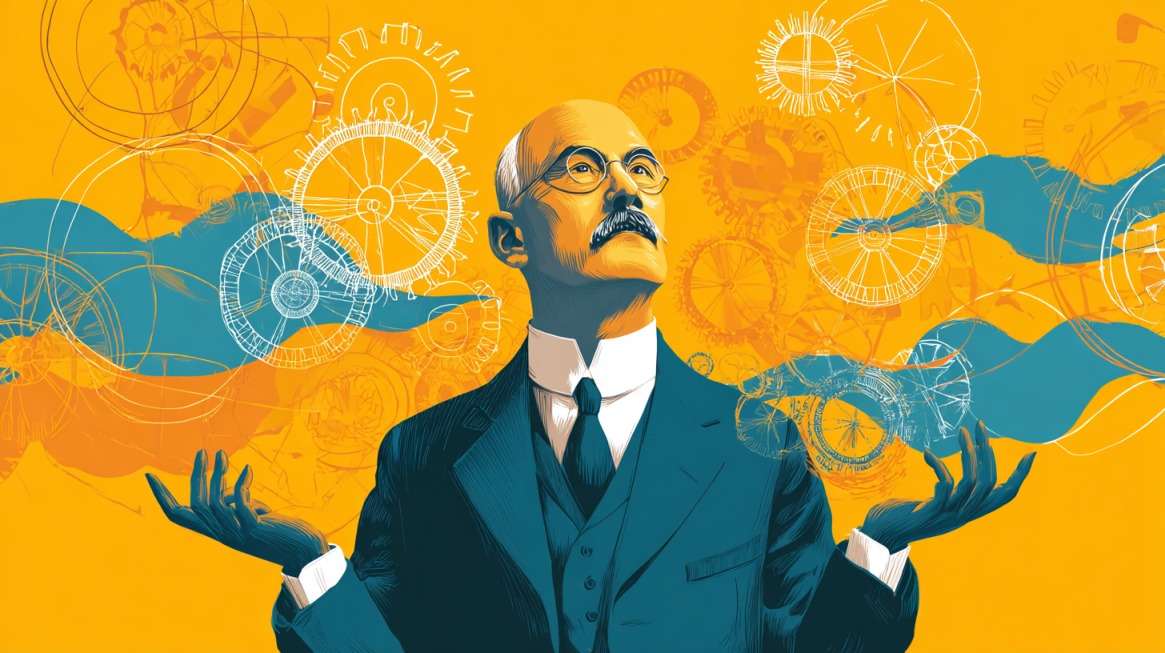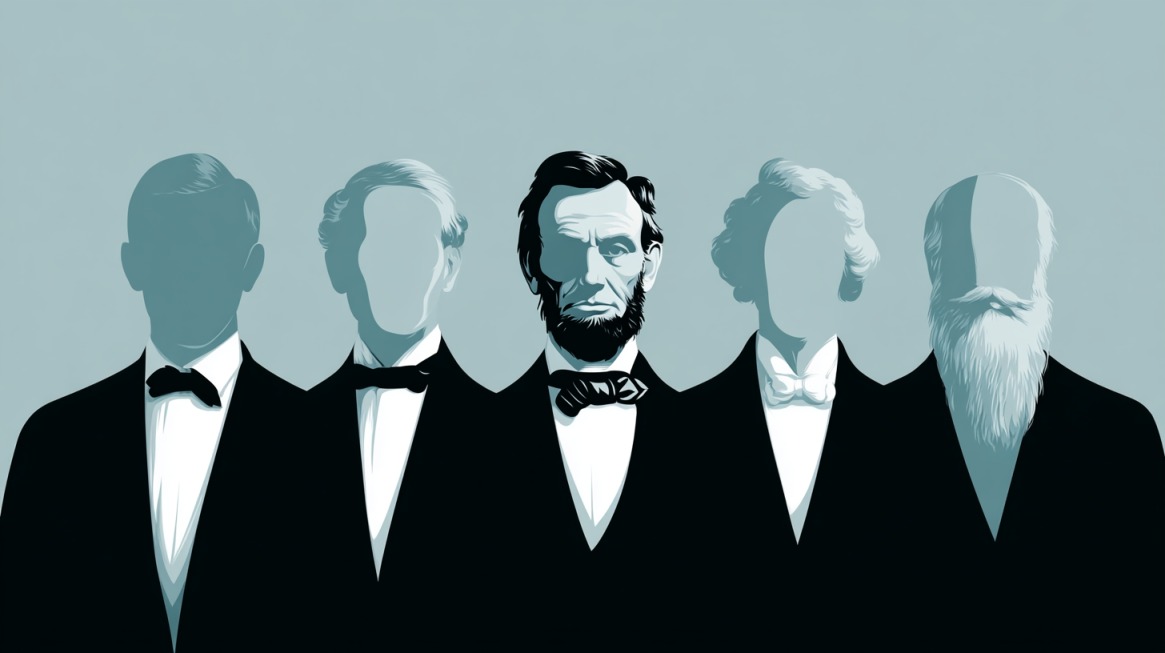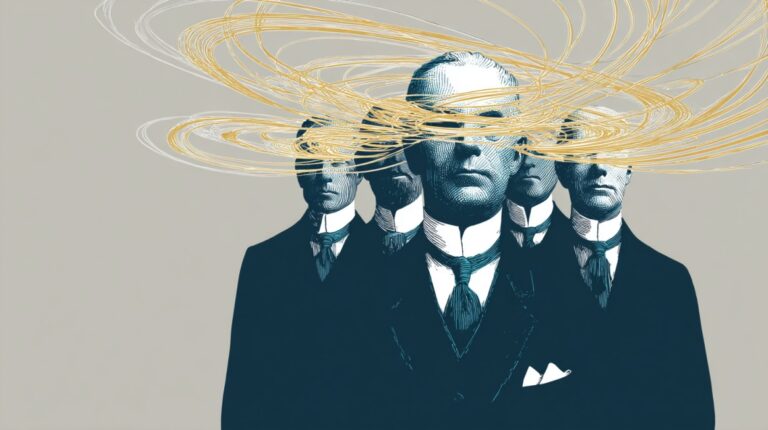Classical Management Theory emerged during the Industrial Revolution when large factories required structured systems to maintain order and productivity.
Businesses sought ways to enhance efficiency through precise control, defined authority, and consistent performance.
The theory’s main goal was to improve workflow, allocate responsibilities effectively, and boost output through organized management. It laid the foundation for structured business operations still visible in many organizations today.
Without further ado, let’s begin.
Defining Classical Management Theory

Classical management theory represents one of the earliest frameworks developed to structure organizations and improve workplace productivity.
It was designed during a time of industrial expansion when factories and corporations were growing rapidly and required strong leadership and control systems.
Managers and business owners sought ways to manage a larger workforce efficiently while maintaining discipline and measurable results.
The theory provided a structured approach that emphasized planning, coordination, and supervision.
At its core, the theory focuses on creating a hierarchical structure where every employee has a defined position and role within the organization. Authority moves downward through levels of management, creating a disciplined and consistent flow of communication and decision-making.
Managers are responsible for coordination, control, and performance evaluation, while workers are expected to carry out assigned tasks with efficiency and precision.
The model prioritizes results and accountability, viewing monetary compensation as the primary driver of motivation and productivity.
- Hierarchy and authority: A structured chain of command to ensure clear communication and accountability.
- Specialization: Division of labor that allows workers to focus on specific tasks.
- Monetary incentives: Financial rewards used to motivate and enhance performance.
- Efficiency and control: A system built to reduce waste and maximize productivity.
Core Principles of Classical Management Theory

A few central principles define how classical management theory operates in real-world settings.
These principles ensure consistency, predictability, and measurable progress across all organizational levels.
Hierarchy of Authority
A clear chain of command represents the backbone of the classical structure. It establishes who reports to whom and ensures that control flows in an orderly manner.
Each decision is made at the top and communicated downward, creating centralized management and responsibility.
- Executives or owners: Set overall goals and strategies.
- Middle managers: Translate strategic goals into departmental actions.
- Supervisors: Oversee daily operations and ensure compliance with established procedures.
This clear separation of roles prevents confusion and encourages accountability, allowing organizations to function efficiently and uniformly.

Specialization
Another vital element of the theory is the division of labor. Complex processes are divided into smaller, repetitive tasks that workers can perform quickly and accurately.
Repetition allows employees to gain expertise in their assigned roles, reducing errors and improving consistency.
- Increased efficiency and faster task completion.
- Reduced the need for extensive training across multiple tasks.
- Development of skilled workers capable of performing specific duties at high proficiency levels.
This principle ensures that each employee becomes a vital part of the production system, contributing to higher overall output.
Incentives
Motivation under classical management theory revolves around financial gain. Managers believe that employees perform best when rewarded for productivity.
Non-financial factors such as creativity or emotional satisfaction hold less influence in this framework.
- Bonuses for meeting or exceeding performance targets.
- Pay raises linked to output or efficiency.
- Commissions for measurable contributions to profit.
Such systems tie employee effort directly to compensation, reinforcing discipline and focus on results.
The Three Types (Branches) of Classical Management Theory

Classical management theory evolved into three distinct branches, each developed by a prominent thinker who emphasized a specific aspect of organizational management.
Scientific Management (Frederick Taylor)
Scientific Management aims to increase efficiency through precise observation and analysis of work processes.
Taylor introduced time and motion studies to determine the most effective way to complete a task.
Managers design methods, and workers are trained to follow them exactly as prescribed.
- Standardization of tasks for uniform results.
- Detailed measurement of worker performance.
- Separation between planning and execution.
Managers control workflow and methodology, ensuring every motion contributes to productivity. Results are achieved through supervision, structure, and incentive-based pay systems.
Administrative Management (Henri Fayol)
Henri Fayol emphasized the importance of strong management functions rather than focusing solely on worker efficiency.
His model introduced the concept of managerial responsibility as a science in itself.
- Planning: Setting goals and outlining methods.
- Organizing: Allocating resources and tasks efficiently.
- Commanding: Directing employees and maintaining discipline.
- Coordinating: Aligning activities across departments.
- Controlling: Monitoring performance and ensuring compliance.
Administrative management values a structured hierarchy and clear communication among managers and employees. Each level works in unison to achieve operational goals.
Bureaucratic Management (Max Weber)
Max Weber’s approach highlighted the importance of rules, structure, and meritocracy.
Bureaucratic Management promotes fairness, predictability, and stability through formalized systems.
- Clearly defined authority and responsibility.
- Impersonal relationships to prevent favoritism.
- Advancement based on merit and competence.
Weber’s model became a blueprint for government agencies and large organizations, where consistency and equality in decision-making are crucial.
How It Works in Practice

Implementation of classical management theory involves a systematic approach to organizing and managing a workforce. Managers begin by creating standard operating procedures (SOPs) that define each task in detail.
Once the SOPs are in place, managers assess employee skills to assign roles that best match their capabilities.
Clear expectations and measurable performance metrics are established. Performance tracking allows management to evaluate success and provide rewards based on efficiency or output.
- Developing and enforcing standard work procedures.
- Matching tasks to worker strengths.
- Creating structured systems for monitoring progress and rewarding performance.
Classical management theory proves especially effective in industries such as manufacturing, where processes are repetitive and measurable.
Assembly lines, corporate hierarchies, and government institutions often reflect their principles. Its success lies in maintaining structure, discipline, and predictability within complex organizations.
Advantages of Classical Management Theory
Several benefits contribute to the long-lasting influence of classical management theory.
It provides clarity, accountability, and control in large organizations where coordination can otherwise become chaotic.

- Employees understand responsibilities and to whom they report, reducing confusion and overlap.
- Workers master their roles, improving productivity and precision.
- Managers can easily assess performance and correct inefficiencies.
- Incentive systems drive employees to meet and exceed targets.
- Procedures and rules maintain uniformity across departments.
This structure allows companies to maximize efficiency while ensuring order and predictability. It also supports measurable growth by linking employee performance directly to business success.
In modern workplaces, elements of classical management theory remain valuable for maintaining discipline, direction, and clear expectations.
Read more: How team building can help your management and what games should you implement into these routines?
Final Thoughts
Classical management theory established a foundation for modern organizational structure through hierarchy, control, and specialization.
Its focus on authority and efficiency helped shape early management practices still visible in modern industries.
Despite evolving workplace models, its emphasis on structure and order continues to influence business operations and education in management studies.

